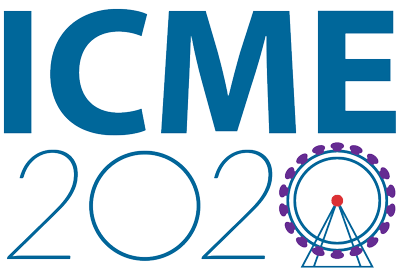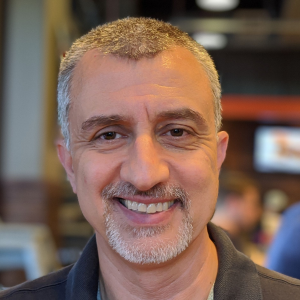Keynote presentation
Schedule: Wednesday, July 8; 15:30 – 16:30 London (BST time zone)
Abstract
The first camera phone was sold in 2000, when taking pictures with your phone was an oddity, and sharing pictures online was unheard-of. Today, barely twenty years later, the smartphone is more camera than phone. How did this happen? This transformation was enabled by advances in computational photography — the science and engineering of making great images from small form factor, mobile cameras. Modern algorithmic and computing advances, including machine learning, have changed the rules of photography, bringing to it new modes of capture, post-processing, storage, and sharing. In this talk, I’ll give a brief history of digital and computational photography and describe some of the key recent advances of this technology, including burst photography and super-resolution.
Dr. Peyman Milanfar is a Principal Scientist / Director at Google Research, where he leads the Computational Imaging team. Prior to this, he was a Professor of Electrical Engineering at UC Santa Cruz from 1999-2014. He was Associate Dean for Research at the School of Engineering from 2010-12. From 2012-2014 he was on leave at Google-x, where he helped develop the imaging pipeline for Google Glass.
Most recently, Peyman’s team at Google developed the digital zoom pipeline for the Pixel phones, which includes the multi-frame super-resolution (Super Res Zoom) pipeline, and the RAISR upscaling algorithm. In addition, the Night Sight mode on Pixel 3 uses our Super Res Zoom technology to merge images (whether you zoom or not) for vivid shots in low light, including astrophotography.
Peyman received his undergraduate education in electrical engineering and mathematics from the University of California, Berkeley, and the MS and PhD degrees in electrical engineering from the Massachusetts Institute of Technology. He founded MotionDSP, which was acquired by Cubic Inc. (NYSE:CUB).
Peyman has been keynote speaker at numerous technical conferences including Picture Coding Symposium (PCS), SIAM Imaging Sciences, SPIE, and the International Conference on Multimedia (ICME). Along with his students, he has won several best paper awards from the IEEE Signal Processing Society.
He is a Distinguished Lecturer of the IEEE Signal Processing Society, and a Fellow of the IEEE “for contributions to inverse problems and super-resolution in imaging.”


